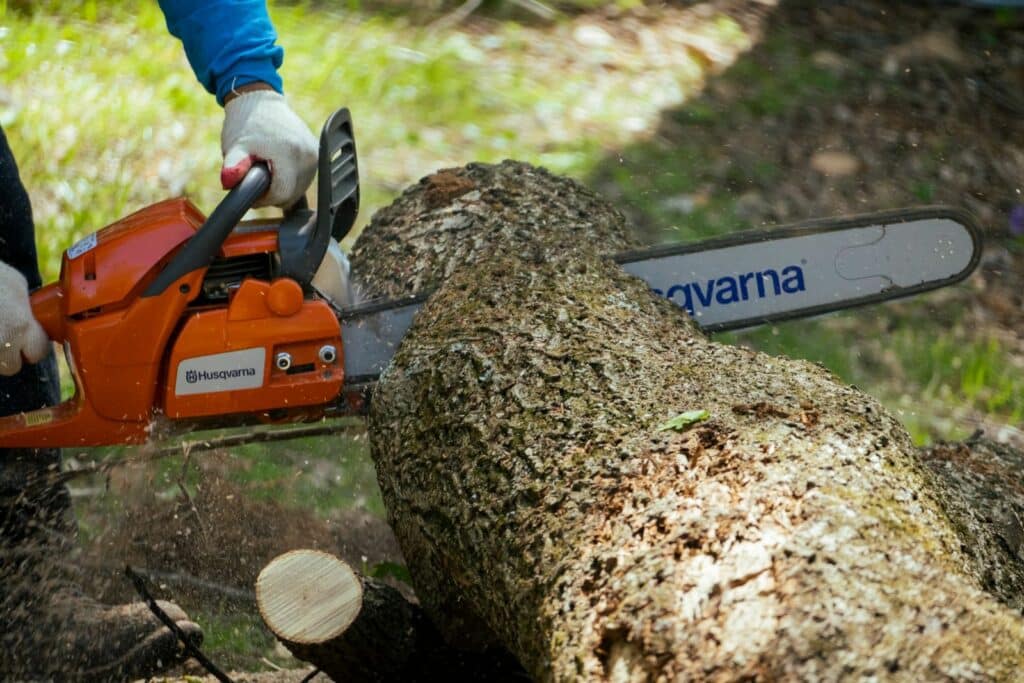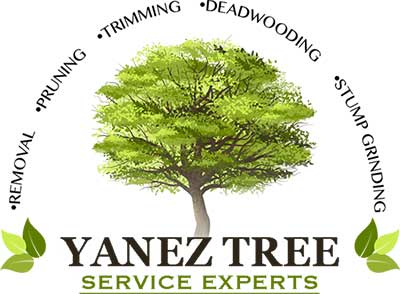
Trees are an essential part of our environment, providing shade, beauty, and a habitat for wildlife. However, there are times when tree removal becomes necessary, either due to disease, damage, or safety concerns. When deciding to remove a tree, it’s crucial to approach the task with care and knowledge. Here, our experts at Yanez Tree Service Experts will explore the tree removal’s do’s and don’ts, emphasizing safety and sustainability.
Importance of Professional Tree Removal Services
Tree removal is not a task to be taken lightly. It requires expertise, equipment, and an understanding of the tree’s structure. A tree removal company like Yanez Tree Service Experts is trained to evaluate the health and stability of trees, ensuring that tree removal is carried out safely and efficiently. They also understand local regulations and can guide permits and other legal considerations.
Do’s for Safe and Sustainable Tree Removal
Use the Right Tools and Equipment: Whether you’re dealing with a small shrub or a towering oak, having the right tools is essential. This includes chainsaws, wedges, axes, ladders, and ropes. Always ensure that the equipment is in good working condition.
Wear Protective Gear: Safety should always be a priority. Use thick gloves, safety glasses, and helmets to protect against wood chips, debris, and potential head injuries.
Clear the Surroundings: Before starting the tree removal process, ensure the area around the tree is clear. This minimizes the risk to people and property from falling branches or the tree.
Prepare for Potential Damage: If the tree is near structures, driveways, or sidewalks, consider the potential damage and take preventive measures.
Don’ts to Avoid During Tree Removal
Avoid Using a Ladder: Ladders can be unstable, especially when dealing with powerful equipment like chainsaws. To reach higher branches, consider using specialized equipment or hiring professionals.
Don’t Tackle Large Trees Alone: Large trees pose significant risks and challenges. It’s always best to consult with professionals when dealing with big trees.
Stay Away from Utility Lines: Trees near utility lines can be hazardous. Always contact your utility company before starting the tree removal process.
Don’t Ignore Local Regulations: Many municipalities have rules and regulations related to tree removal. Ensure you’re compliant to avoid potential fines or legal issues.
Evaluating Trees for Removal
Tree removal should never be taken lightly. Trees are valuable environmental assets, providing oxygen, shade, wildlife habitat, and aesthetic beauty. However, there are circumstances where removal becomes necessary for safety, health, or other reasons.
Evaluating a tree for removal involves a comprehensive assessment of its health, structural integrity, and potential risks. Here’s a deeper dive into the factors considered during this evaluation:
Tree Health: The overall health of a tree is a primary indicator. Trees that are more than 50% damaged or diseased are unlikely to survive and should be considered for removal. Signs of poor health include fungal growth on the bark, dead branches, discolored leaves, or a hollow trunk.
Structural Integrity: Trees with structural issues pose a significant risk. Look for signs like leaning trunks, cracks in the main branches or trunk, or damaged or decaying roots. A tree with compromised structural integrity can fall without warning, posing a danger to people and property.
Growth Location: Trees growing too close to structures, utility lines, or other trees might need removal. Their roots can damage foundations, sidewalks, or underground utilities. Overhanging branches can also pose a risk to roofs, power lines, and other structures.
Age: Just like any living organism, trees have a lifespan. Older trees, especially those nearing the end of their typical lifespan, are more susceptible to disease and decay. While age alone isn’t a reason for tree removal, it’s a factor to consider in the overall evaluation.
Environmental Stress: Factors like drought, flooding, or pest infestations can weaken a tree, making it more prone to disease and decay. A tree that has experienced significant environmental stress should be closely monitored and evaluated.
Nuisance Factors: Sometimes, trees can cause issues unrelated to health or safety. For instance, a tree might drop sap or large amounts of leaves, seeds, or fruit, leading to maintenance challenges or potential slip hazards.
Historical or Sentimental Value: Some trees might have historical significance or sentimental value to property owners or the community. While this doesn’t directly relate to the tree’s health, considering it is essential. Every effort should be made to save the tree, possibly through treatments or supportive structures.
Consultation with Arborists: It’s always recommended to consult with a certified arborist when evaluating a tree for removal. Arborists have specialized knowledge and can provide insights into the tree’s health, potential risks, and possible treatments or solutions other than removal.
Evaluating a tree for removal is a multifaceted process that considers both tangible and intangible factors. The goal is always to preserve the tree if possible, but safety and the tree’s long-term health remain paramount. If removal is deemed necessary, it should be done professionally and safely, focusing on minimizing environmental impact.
Sustainable Practices in Tree Removal
Sustainability is about more than just removing a tree. It involves considering the impact on the environment and the community. This includes recycling wood, minimizing damage to surrounding vegetation and replanting when possible.
Community and Legal Considerations
Before removing a tree, it’s essential to consider the broader community. This includes understanding local regulations, discussing plans with neighbors, and considering the aesthetic impact on the neighborhood.
In conclusion, tree removal is a complex task that requires careful planning and expertise. By following the do’s and don’ts outlined here, you can ensure that the process is safe, sustainable, and in line with community values. If you’re in Rockville, MD, and need professional guidance, Yanez Tree Service Experts is here to help.
Need Expert Advice on Tree Removal?
If you’re unsure about the health or safety of a tree on your property, don’t hesitate to seek professional guidance. Yanez Tree Service Experts are here to assist you with comprehensive evaluations and expert recommendations. Whether you need assistance with storm damage tree services, tree removal Rockville, deadwood removal, or local tree removal services in general, our team of certified arborists can provide insights into your tree’s health and potential risks and offer solutions tailored to your specific needs.
Don’t wait until it’s too late. Ensure the safety and beauty of your property today with a professional tree care in Rockville, MD. Contact Yanez Tree Service Experts at (301) 503-9806 for a consultation. Your trees deserve the best care, and so do you!


No Comments